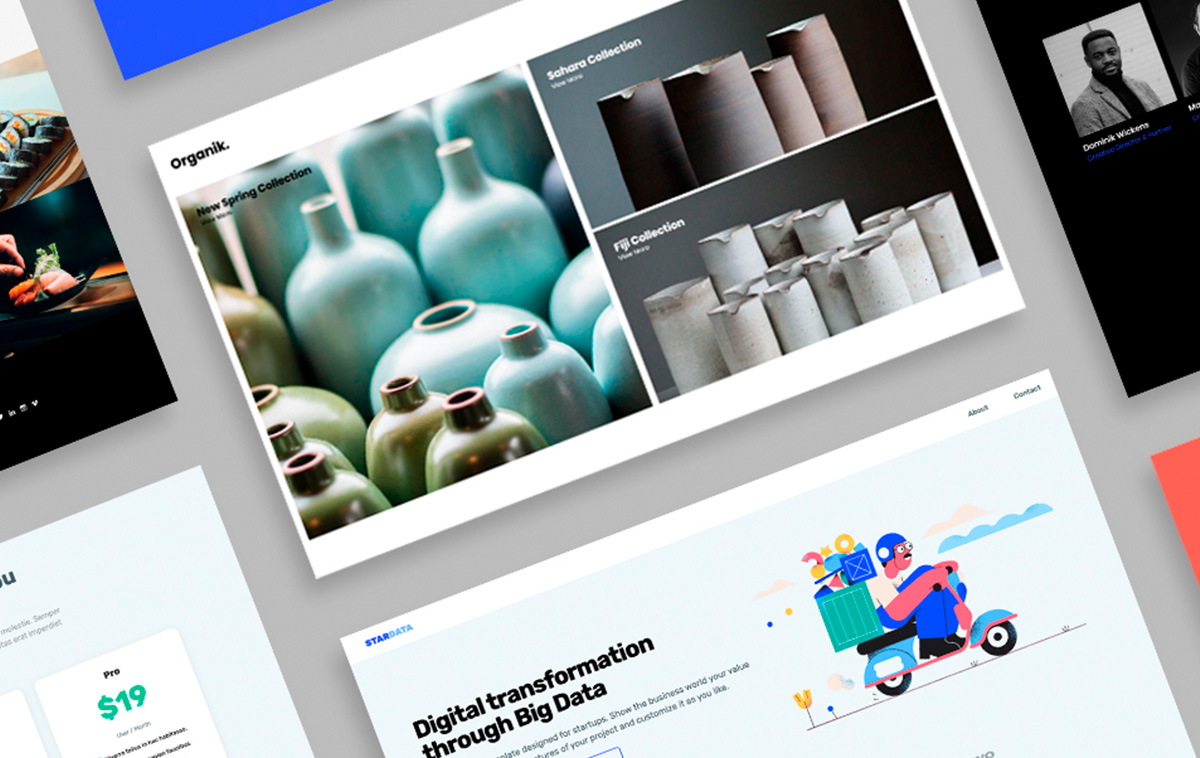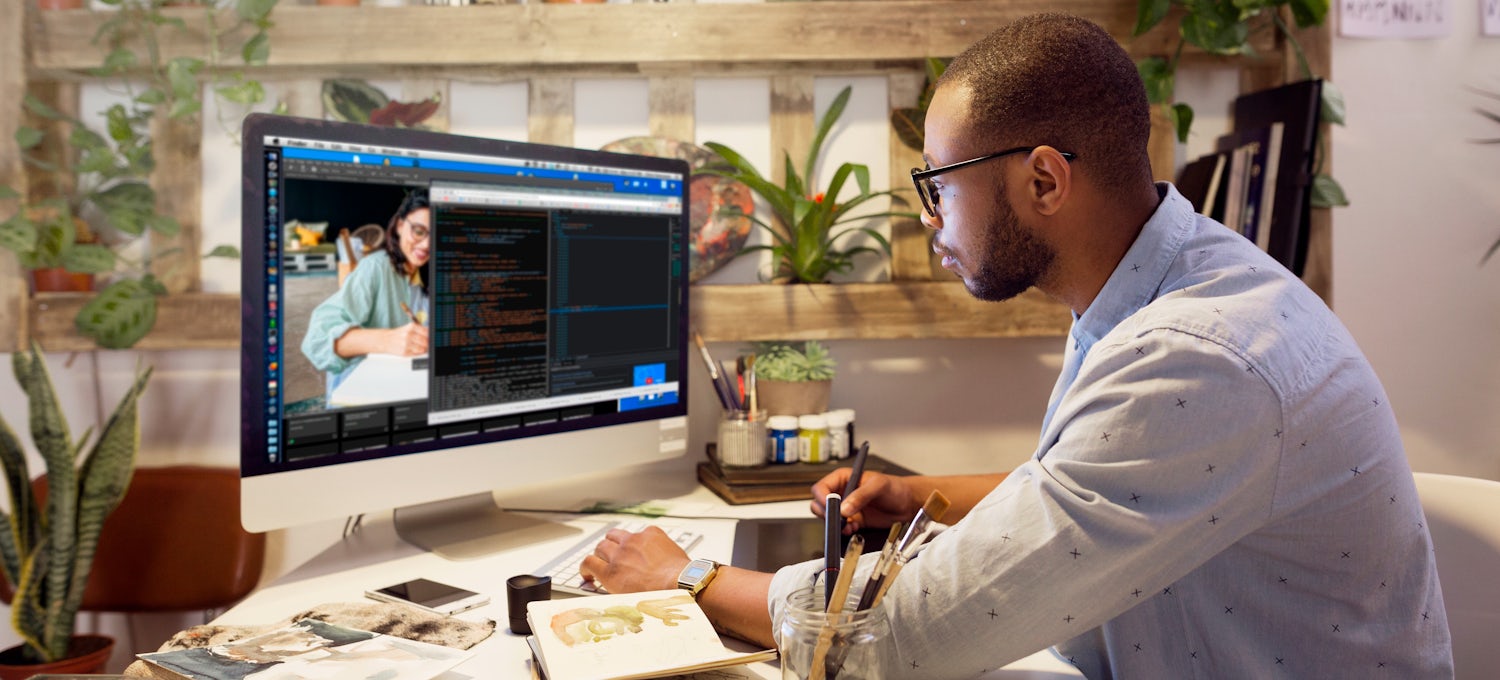Aligned Position Web Design: Boost Your Brand’s Visibility with a Stunning Website
Aligned Position Web Design: Boost Your Brand’s Visibility with a Stunning Website
Blog Article
The Most Effective Sorts Of Website Design to Boost User Experience and Engagement
In the ever-evolving landscape of electronic communication, the effectiveness of Web layout significantly impacts individual experience and interaction. Different design strategies, such as minimalist, receptive, and interactive designs, each deal one-of-a-kind advantages that can provide to diverse individual demands.
Minimalist Web Layout
As digital landscapes end up being increasingly cluttered, minimalist Web design has actually become an effective method to boosting customer experience. This design ideology focuses on simpleness, concentrating on essential components while removing unneeded distractions. By making use of adequate white area, uncomplicated navigating, and a limited shade palette, minimalist layout fosters clearness and directs customer interest to crucial web content.
The core principle of minimal Web design is to develop a seamless communication for users. By lowering cognitive tons, individuals can swiftly realize info without really feeling overwhelmed. This direct method not just boosts usability yet additionally motivates engagement, as visitors are more likely to explore a website that is easy and visually enticing to navigate.
In addition, minimalist layout commonly highlights typography and imagery, using these aspects tactically to convey messages properly. In essence, minimalist Web style is not simply a pattern; it is a thoughtful methodology that recognizes the significance of user-centered layout.
Responsive Website Design
In today's varied digital atmosphere, receptive Web style has actually ended up being crucial for producing a seamless user experience throughout a wide range of gadgets. As customers access web sites on smartphones, desktop computers, tablets, and laptop computers, the capability of a web site to adjust its design and web content to different display sizes and resolutions is vital.
Responsive Web design uses adaptable grids, images, and CSS media inquiries to ensure that Web material exists ideally, despite the gadget made use of. This technique not only enhances the visual appeal of a website yet also considerably improves usability. Customers are more probable to engage with a website that uses a constant experience, as it eliminates the aggravation of having to zoom in or scroll exceedingly.
Moreover, internet search engine, consisting of Google, focus on mobile-friendly websites in search rankings. By taking on receptive design, organizations can enhance their exposure and reach a more comprehensive target market. This method additionally simplifies website upkeep, as a solitary version of the website can accommodate all tools, reducing the need for multiple variations. In recap, responsive Web design is an essential practice that improves customer experience, engagement, and total contentment.
Interactive Website Design
Responsive Web layout prepares for boosting user experience, yet interactive Web style takes this an action even more by involving users in a much more dynamic method - Aligned Position Web Design. By incorporating elements such as animations, clickable prototypes, and real-time comments, interactive website design captivates individuals, drawing them right into a richer browsing experience
This technique not only fosters engagement however likewise urges individuals to discover content actively instead than passively consuming it. Methods such as gamification, where customers earn rewards for finishing jobs, can dramatically enhance the moment spent on a website and enhance general contentment. In addition, interactive functions can simplify complicated info, making it extra absorbable and delightful.

Integrating interactive layout elements can also result in greater conversion prices, as individuals are more probable to involve with a website that proactively involves them. Aligned Position Web Design. Eventually, interactive Web layout transforms user experiences into unforgettable trips, making certain that visitors return time and again
Flat Style
Characterized by its minimalistic approach, flat layout emphasizes simpleness and functionality, removing unneeded elements and concentrating on vital attributes. This design philosophy prioritizes usability, making sure that individuals can browse user interfaces effortlessly and performance. By using a tidy visual, flat design removes the clutter often located in more elaborate designs, thereby boosting individual emphasis on content and capability.
The hallmark of flat layout lies in its usage of vibrant shades, straightforward typography, and geometric shapes. These elements contribute to a visually enticing user interface that is both contemporary and friendly. In addition, you can try here flat design cultivates a feeling of clearness, allowing users to recognize vital actions and info without distraction.
Moreover, flat style is particularly efficient in responsive website design, as its simpleness translates well throughout numerous devices and display dimensions. The lack of elaborate structures and gradients minimizes packing times, which is essential for preserving customer engagement. As digital landscapes remain to progress, flat layout remains an appropriate option for producing easy to use web sites that enhance overall experience. By concentrating on essential features, flat layout not just satisfies user needs yet likewise motivates seamless interaction, making it a vital element of efficient website design techniques.
Adaptive Website Design
Flexible website design customizes the customer experience by developing multiple repaired designs tailored to different screen dimensions and gadgets. Unlike responsive layout, which fluidly adjusts a single format, flexible style employs distinct designs for particular breakpoints, making certain ideal presentation on numerous systems. This technique go to this web-site permits developers to concentrate on the special qualities of each tool, improving use by providing precisely what individuals require based on their context.
Among the main advantages of flexible website design is its capacity to enhance lots times and performance. By offering customized material and images that fit the customer's device, websites can decrease data use and boost loading speeds. This is especially beneficial for users with slower connections or restricted information plans.

Furthermore, flexible style helps with a much more controlled and regular branding experience. Since developers develop multiple formats, they can guarantee that the visual components line up with the brand's identity across various systems - Aligned Position Web Design. This leads to a cohesive customer experience, improving involvement and advertising customer retention
Conclusion
Minimal layout cultivates quality and focus, while receptive layout ensures adaptability across various tools, advertising accessibility. Jointly, these style approaches contribute to the production of straightforward environments that not just boost satisfaction but additionally drive higher conversion rates, highlighting their essential importance in contemporary Web style methods.

Minimalist design promotes quality and focus, while responsive design guarantees versatility throughout numerous tools, advertising ease of access. Collectively, these style comes close to add to the development of easy to use settings that not just boost satisfaction yet additionally drive greater conversion prices, emphasizing their essential importance in contemporary Web style methods.
Report this page